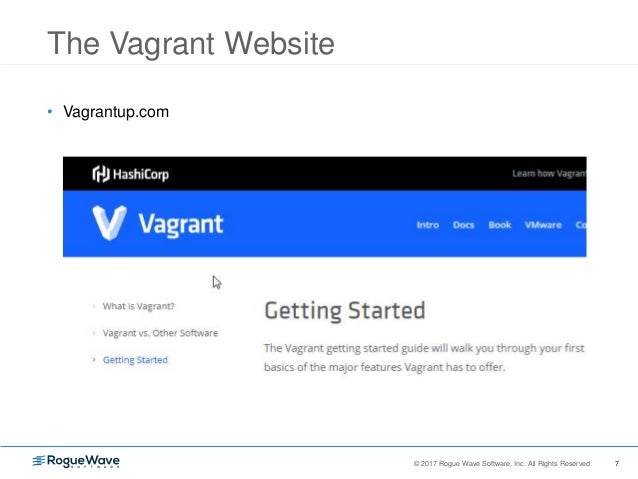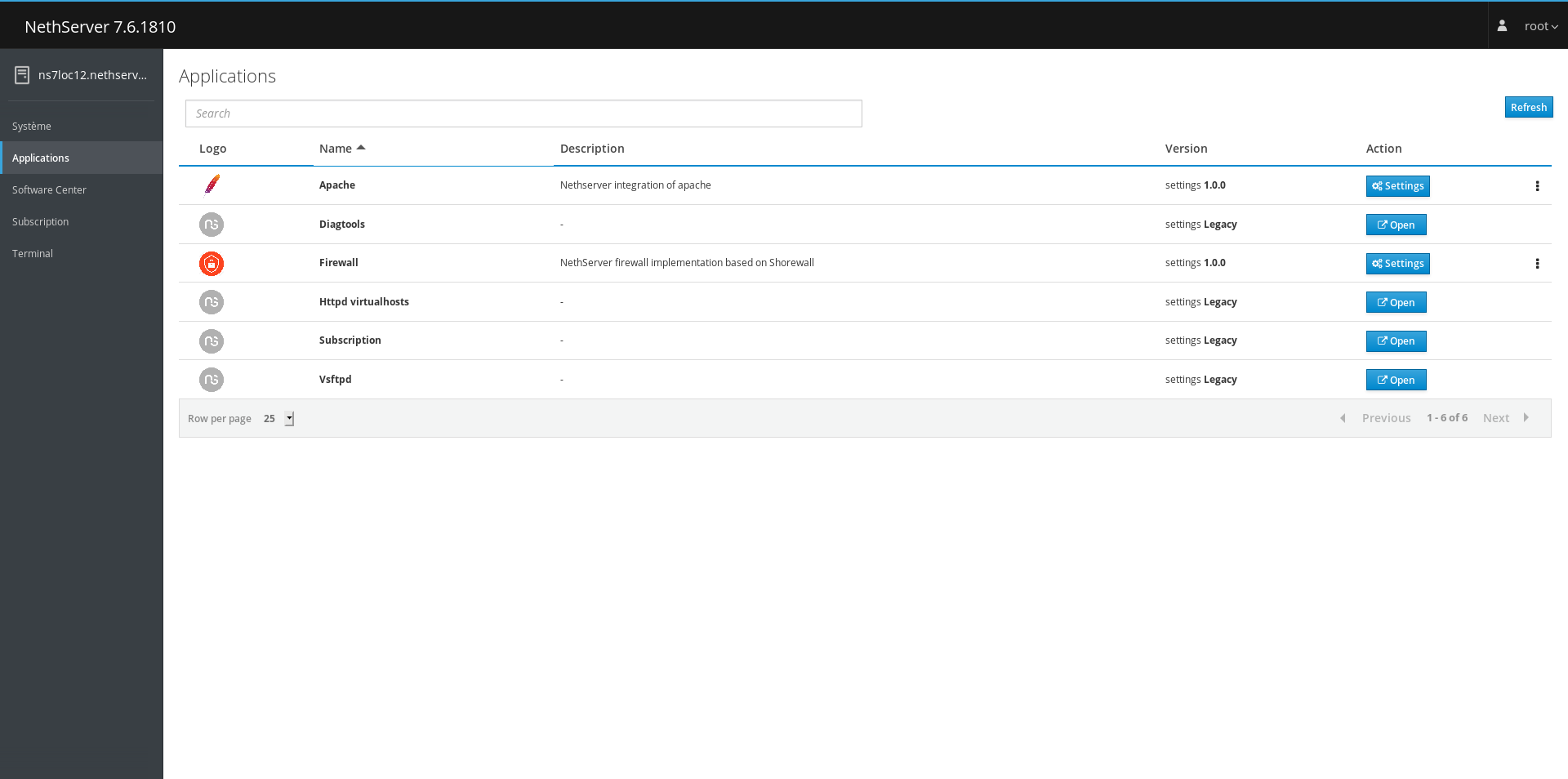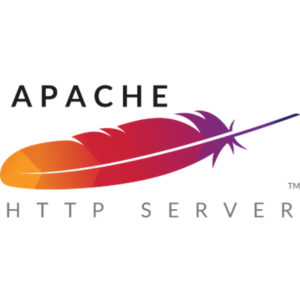Customizing Apache for Windows
Apache is configured by the files in the conf subdirectory. These are the same files used to configure the Unix version, but there are a few different directives for Apache on Windows. See the directive index for all the available directives.

Setting up an Apache Web Server (httpd) on CentOS/RHEL 7 In this series of articles we’re going to set up an Apache Web Server and walkthrough the various Apache configurations and features. To start with this article will cover setting up a basic Apache server with the default out-of-the-box apache configurations. On startup, Apache httpd saves the process id of the parent httpd process to the file logs/httpd.pid. This filename can be changed with the PidFile directive. The process-id is for use by the administrator in restarting and terminating the daemon by sending signals to the parent process; on Windows, use the -k command line option instead. Mar 11, 2021 Apache is a popular open-source, cross-platform web server that is, by the numbers, the most popular web server in existence. It’s actively maintained by the Apache Software Foundation. Some high-profile companies using Apache include Cisco, IBM, Salesforce, General Electric, Adobe, VMware, Xerox, LinkedIn, Facebook, Hewlett-Packard, AT&T.

The main differences in Apache for Windows are:
Because Apache for Windows is multithreaded, it does not use a separate process for each request, as Apache can on Unix. Instead there are usually only two Apache processes running: a parent process, and a child which handles the requests. Within the child process each request is handled by a separate thread.
The process management directives are also different:
MaxConnectionsPerChild: Like the Unix directive, this controls how many connections a single child process will serve before exiting. However, unlike on Unix, a replacement process is not instantly available. Use the defaultMaxConnectionsPerChild 0, unless instructed to change the behavior to overcome a memory leak in third party modules or in-process applications.Warning: The server configuration file is reread when a new child process is started. If you have modifiedhttpd.conf, the new child may not start or you may receive unexpected results.ThreadsPerChild: This directive is new. It tells the server how many threads it should use. This is the maximum number of connections the server can handle at once, so be sure to set this number high enough for your site if you get a lot of hits. The recommended default isThreadsPerChild 150, but this must be adjusted to reflect the greatest anticipated number of simultaneous connections to accept.The directives that accept filenames as arguments must use Windows filenames instead of Unix ones. However, because Apache may interpret backslashes as an 'escape character' sequence, you should consistently use forward slashes in path names, not backslashes.
While filenames are generally case-insensitive on Windows, URLs are still treated internally as case-sensitive before they are mapped to the filesystem. For example, the
<Location>,Alias, andProxyPassdirectives all use case-sensitive arguments. For this reason, it is particularly important to use the<Directory>directive when attempting to limit access to content in the filesystem, since this directive applies to any content in a directory, regardless of how it is accessed. If you wish to assure that only lowercase is used in URLs, you can use something like:When running, Apache needs write access only to the logs directory and any configured cache directory tree. Due to the issue of case insensitive and short 8.3 format names, Apache must validate all path names given. This means that each directory which Apache evaluates, from the drive root up to the directory leaf, must have read, list and traverse directory permissions. If Apache2.4 is installed at C:Program Files, then the root directory, Program Files and Apache2.4 must all be visible to Apache.
Apache for Windows contains the ability to load modules at runtime, without recompiling the server. If Apache is compiled normally, it will install a number of optional modules in the
Apache2.4modulesdirectory. To activate these or other modules, theLoadModuledirective must be used. For example, to activate the status module, use the following (in addition to the status-activating directives inaccess.conf):Information on creating loadable modules is also available.
Apache can also load ISAPI (Internet Server Application Programming Interface) extensions such as those used by Microsoft IIS and other Windows servers. More information is available. Note that Apache cannot load ISAPI Filters, and ISAPI Handlers with some Microsoft feature extensions will not work.
When running CGI scripts, the method Apache uses to find the interpreter for the script is configurable using the
ScriptInterpreterSourcedirective.Since it is often difficult to manage files with names like
.htaccessin Windows, you may find it useful to change the name of this per-directory configuration file using theAccessFilenamedirective.Any errors during Apache startup are logged into the Windows event log when running on Windows NT. This mechanism acts as a backup for those situations where Apache is not yet prepared to use the
error.logfile. You can review the Windows Application Event Log by using the Event Viewer, e.g. Start - Settings - Control Panel - Administrative Tools - Event Viewer.
The Apache HTTP Server Project is an effort to develop and maintain anopen-source HTTP server for modern operating systems including UNIX andWindows. The goal of this project is to provide a secure, efficient andextensible server that provides HTTP services in sync with the current HTTPstandards.
The Apache HTTP Server ('httpd') was launched in 1995 and it has been the most popular web server on the Internet sinceApril 1996. It has celebrated its 25th birthday as a project in February 2020.
The Apache HTTP Server is a project of The Apache SoftwareFoundation.
The Apache Software Foundation and the Apache HTTP Server Project arepleased toannounce therelease of version 2.4.46 of the Apache HTTP Server ('httpd').

This latest release from the 2.4.x stable branch represents the best availableversion of Apache HTTP Server.
Apache HTTP Server version 2.4.43 or newer is required in order to operate a TLS 1.3 web server with OpenSSL 1.1.1.
Download | ChangeLog for2.4.46 | Complete ChangeLog for2.4 | New Features in httpd2.4
As previously announced, the Apache HTTP Server Project has discontinuedall development and patch review of the 2.2.x series of releases.
Download Apache Httpd Server
The Apache HTTP Server Project had long committed to provide maintenancereleases of the 2.2.x flavor through June of 2017. The final release 2.2.34was published in July 2017, and no further evaluation of bug reports orsecurity risks will be considered or published for 2.2.x releases.
Great! We have updated our download page in an effort tobetter utilize our mirrors. We hope that by making it easier to use our mirrors, we will be able to provide a better download experience.
Cached
Please ensure that you verify your downloads usingPGP or MD5 signatures.

Apache Web Server Vs Apache Httpd
Awesome! Have a look at our current 'Help Wanted' listings then:
